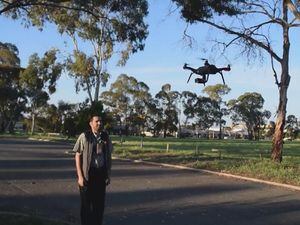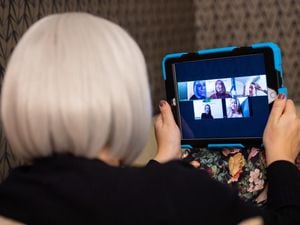Drones can now measure heart and breathing rates in patients
The technology was just as good as traditional methods in assessing vital statistics.

Drones could be used to read vital stats of casualties in war zones and natural disasters, according to researchers who have trialled the new technology.
Equipped with specially created algorithms and image processing software, drones could eventually survey several people at once in situations where sending in medics could be dangerous.
The technology could even be deployed inside nursing homes and hospital wards to monitor existing patients.

The readings taken via drone – by detecting movements in human faces and necks in order to accurately source heart and breathing rates – were as accurate as traditional methods.
PhD students working under Professor Javaan Chahl carried out the work.
Chahl said: “This is the first time that video from a hovering UAV has been used to measure cardiorespiratory signals.”
As the technology is refined, Chahl expects the drones to be able to measure stats of patients from a further distance, and multiple patients at once.

The technology could even be used in public places to weed out potential terrorists in the time before an attack.
Chahl, a professor of sensor systems in the university’s School of Engineering, said: “A person who is about to engage in violence will probably have anomalous behaviour and physiological signs.
“They might be highly agitated or unnaturally calm and in many cases they might be under the influence of drugs. There is a good chance that our system can detect these anomalies.
“Obviously there are privacy and ethical issues around this technology that need to be resolved before it becomes common practice, but there is enormous potential to use machine vision systems to benefit society, particularly in the biomedical sphere.”
The research was published in Biomedical Engineering Online.





